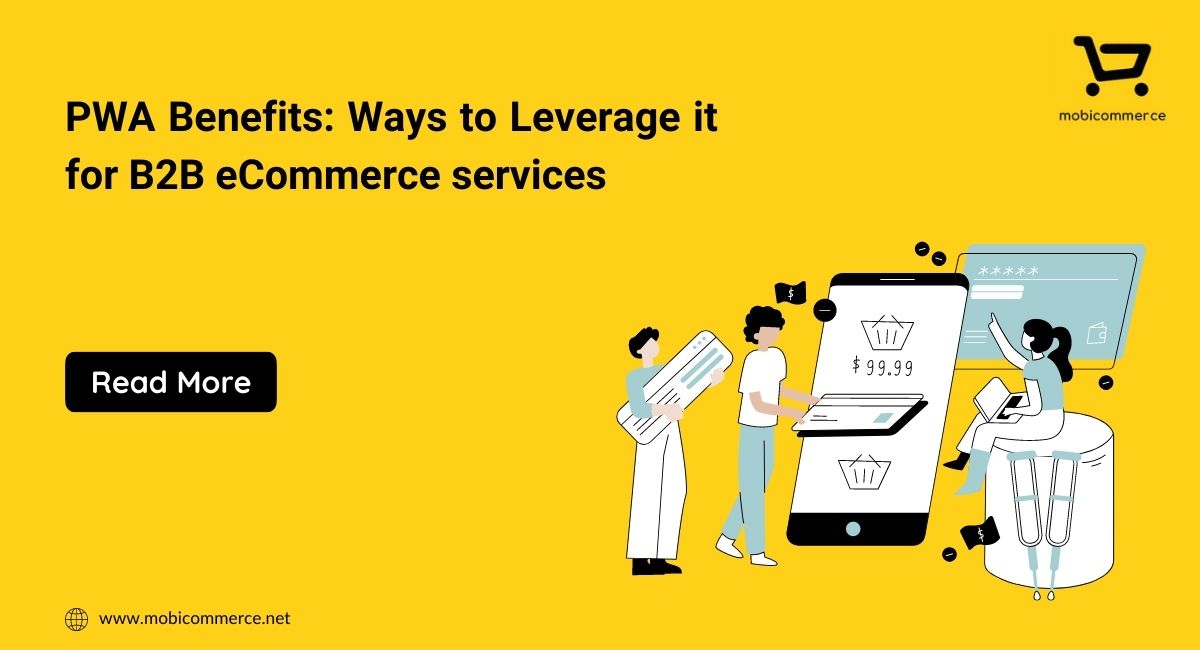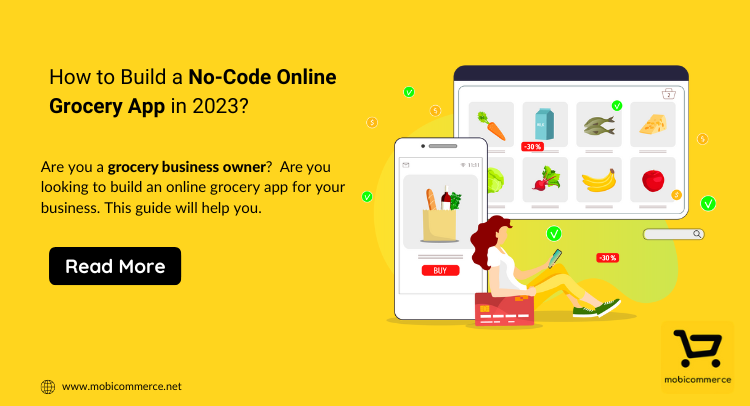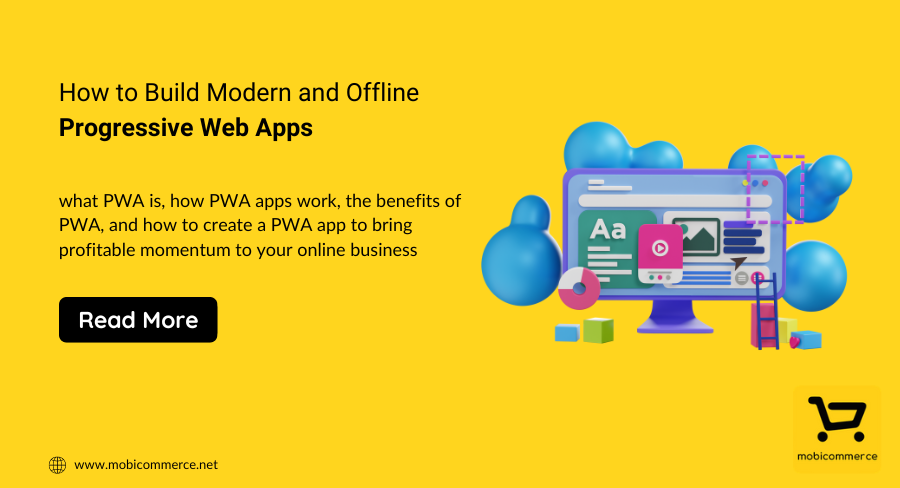In the last decade, the world has seen massive growth in the number of online marketplaces mushrooming in every domain. Amazon is a classic example. The Seattle-based tech giant started as an online seller of books in 1994, and later pivoted into a marketplace offering home decor, electronic gadgets, clothing, stationery, and more.
Today, it has a net worth of $134.5bn, making it one of the most successful eCommerce platforms in the world. But what exactly is a marketplace?
It is an eCommerce model wherein multiple businesses (which in Amazon’s case would be the vendors) sell their products or services on one platform. There is one admin, i.e., Amazon, that doesn’t sell anything of its own but merely takes a commission from the sales that vendors make on the platform.
Sounds easy, doesn’t it? Since the survival rate of new startups is just 10%, becoming a success for budding marketplaces is not as easy as it sounds. No entrepreneurs set out to fail, and we at MobiCommerce don’t want that to happen and are always determined to help online marketplaces thrive.
That’s why we have put together a list of five lessons from popular eCommerce marketplace brands not to be missed:
Airbnb sells an idea, and that is to travel to and stay in beautiful locations. Attractive imagery is critical in its branding, and no one leverages that better than Airbnb. If you visit their website or mobile app right now, you will find high-quality imagery everywhere on the platform.
The search box is right at the top to engage the user as soon as he lands on the platform. The findings are complete with clear reviews and ratings for each property, which makes it easier for the user to narrow down his options quickly.
Therefore, always keep reworking on the platform’s UX. Make sure it loads fast, is easy-to-navigate, and has compelling visual content.
As a marketplace, you have all the vendors in the world to come and sell on your platform. It is easy to go overboard with your offerings. But merely having a vast product base is not going to engage your customers for long. You should offer what makes your business stand out in the market and makes your customers happy.
Chairish, an online consignment store, sells design items that are handpicked by multiple interior designers. A lot of thought goes into procuring the items, which is why Chairish doesn’t look like a run-of-the-mill furniture and decor e-store. Therefore, don’t overwhelm yourself in the beginning.
Another thriving niche marketplace is Etsy that enables individuals to sell handicrafts, artwork, and handmade design items on the store. While sellers enjoy secure and safe payments, customers get to pick vintage products from the platform at affordable rates. Additionally, Etsy takes the responsibility of shipping for the vendors, and only cuts 3.5% out of every sale made by them as a commission fee.
Amazon excels in this category with its real-time package tracking system. From the minute an order is placed until it is delivered, Amazon sends multiple push notifications or text messages to the customer, keeping him posted about the movement of his order.
While this may not be possible for a new marketplace, you should still be able to cover the basics such as setting up a small but dedicated customer support team that manages queries on social media and the platform.
Alternatively, newsletters are also an effective marketing tactic to educate customers about ongoing sales, new product arrivals, company news, and more.
No matter how brilliant your business idea is, your customers will always offer valuable insight into what they want or expect from you. Consider offering short surveys that they can fill online, and do that for both new and existing customers.
Ask them to share what they like and don’t love and provide space for their suggestions. To incentivize customers to complete the survey, include a discount coupon or gift vouchers as a reward for their cooperation.
80% of customers tend to leave a survey halfway through, so make yours short and direct.
Wrapping up
The key to becoming a thriving marketplace is to be consistent with your efforts. Listen to your customers, do your market research, and evolve your marketplace continuously for success to be yours. What do you think?

In order to improve user experience, businesses are increasingly turning to progressive web apps, which combine the best features of regular apps and websites. Ecommerce businesses which have created mobile-first PWAs have seen significantly faster page loading times, better conversion rates and improved engagement. On average, a website using PWA can increase speed performance by… Continue reading PWA benefits: Ways to Leverage it for B2B eCommerce services

If you have a grocery store and you are looking to take your business to the next level, then this is the right time to invest in grocery mobile apps. A report by Oberlo suggests that online grocery sales in the US are expected to reach $160.91 by 2023. Not only this, the revenue continues… Continue reading How to Build a No-Code Online Grocery App in 2023?

Most businesses create an app to establish their business in the digital world. But after some time, these businesses end up investing much more money by creating different versions and similar apps for different operating systems to stay relevant in the market. Later on, this choice of businesses becomes painful as they spend more money… Continue reading How to Build Modern and Offline Progressive Web Apps
Sign up for our newsletter and be the first to receive all the latest updates.
Request a callback from us by filling the form below.

Get your project estimate. Brainstorm business ideas. Book a demo. Get complete support and so much more!